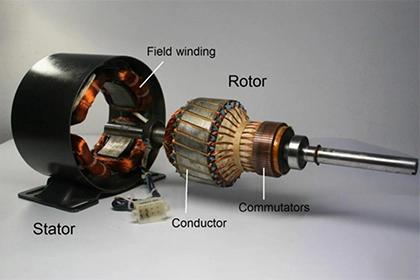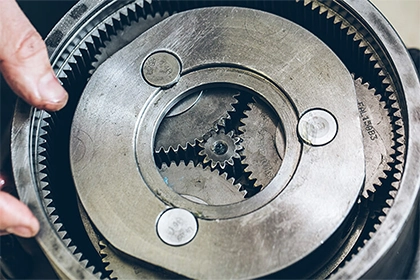
What is the impact of armature winding on PMDC motor performance?
You can make an educated judgment on which arrangement is appropriate for your unique application if you understand the different armature winding designs and their impacts.
When it comes to PMDC motors, there are a multitude of factors that can impact their performance. One often overlooked aspect is the winding configuration of the armature. The way in which copper wire is wound around the armature can have a significant impact on the motor's speed, torque, and efficiency. By understanding the various armature winding configurations and their effects, you can make an informed decision on which configuration is best for your specific application.
The armature winding of a PMDC motor refers to the copper wire that is wound around the armature, the rotating component of the motor. The winding configuration can vary, with different numbers of windings, wire gauges, and connections between the windings. These variations can impact motor performance in several ways.
One of the most important factors to consider when choosing an armature winding configuration is the number of windings. This can affect the amount of current flowing through the armature, which in turn affects the torque output and efficiency of the motor. More windings generally increase torque output, while fewer windings increase speed. However, more windings also increase the resistance of the winding, which can decrease speed.
Wire gauge is another important factor to consider. Thicker wires can handle more current, which can increase torque output, but also increase the resistance of the winding, which can decrease speed. Thinner wires may not be able to handle as much current, but can provide higher speeds.
The connection type between the windings is also crucial. Parallel connections can provide higher torque output, while series connections can provide higher speed. This is because parallel connections increase the amount of current flowing through the armature, while series connections increase the voltage across the armature.
To choose the best armature winding configuration for your specific application, you need to consider the requirements for speed, torque, and efficiency. Applications that require higher torque output may benefit from more windings and thicker wires, while applications that require higher speed may require fewer windings and thinner wires. Additionally, the specific requirements of your application may dictate the best connection type between the windings.
In conclusion, the armature winding configuration can have a significant impact on PMDC motor performance. By understanding the various armature winding configurations and their effects on speed, torque, and efficiency, you can make an informed decision on which configuration is best for your specific application. With the right armature winding, you can ensure reliable and efficient motor performance for your equipment.



Leave a Comment